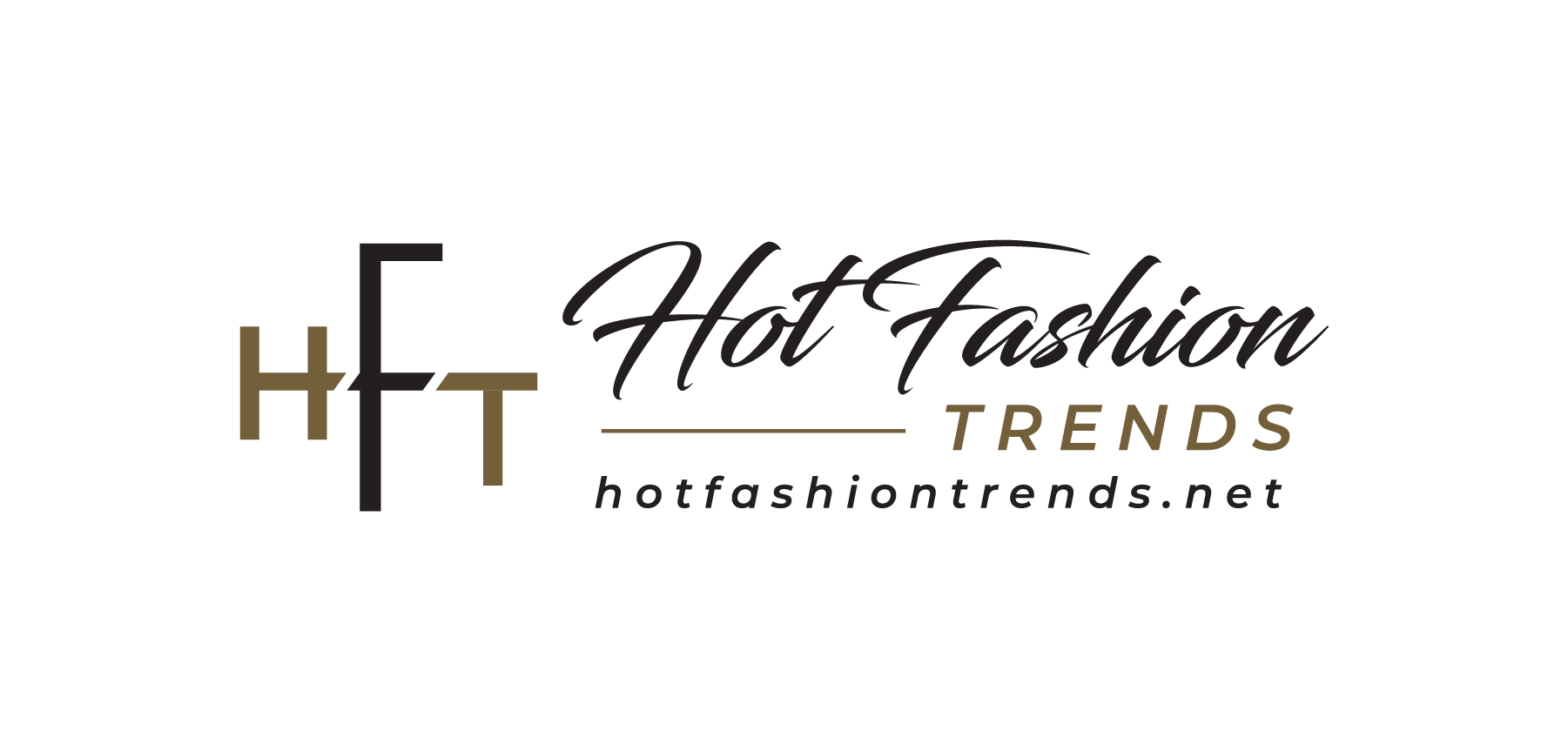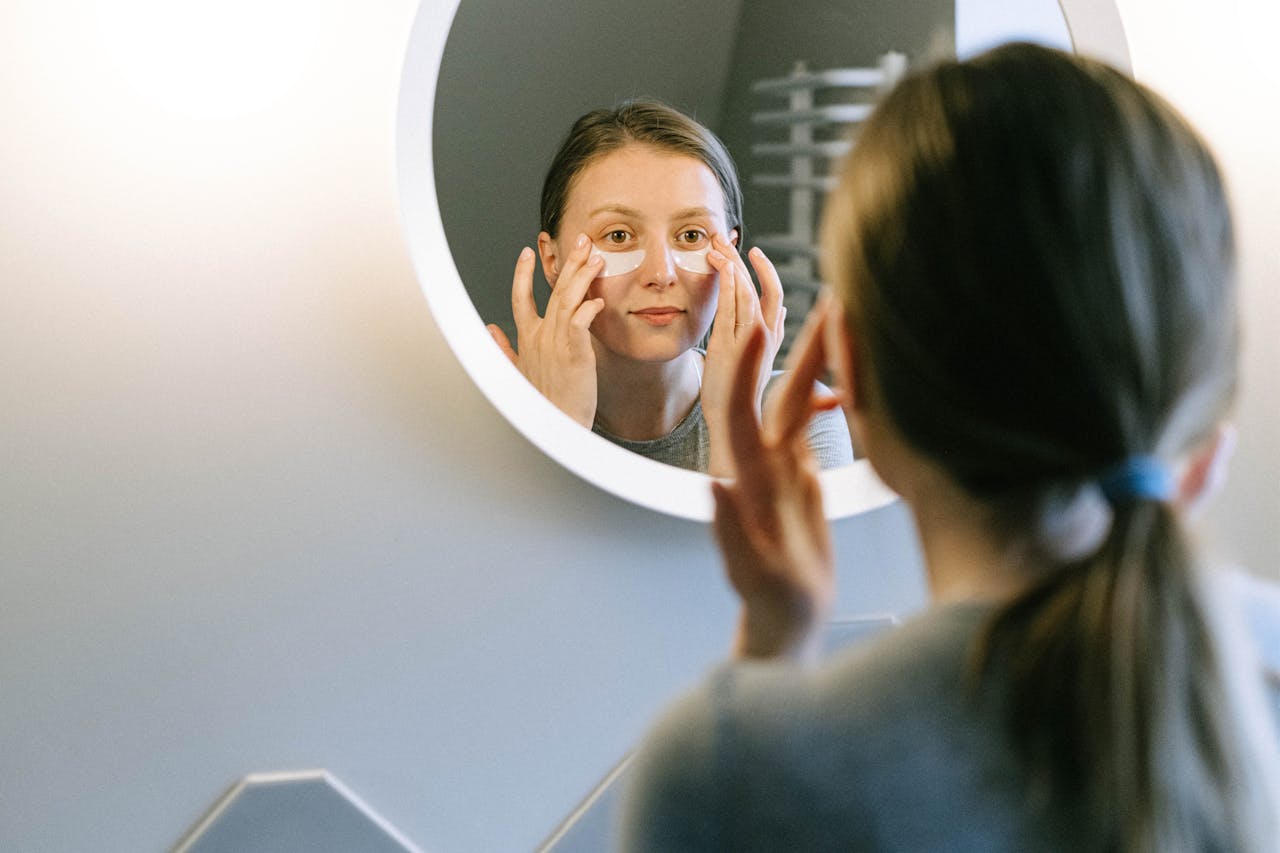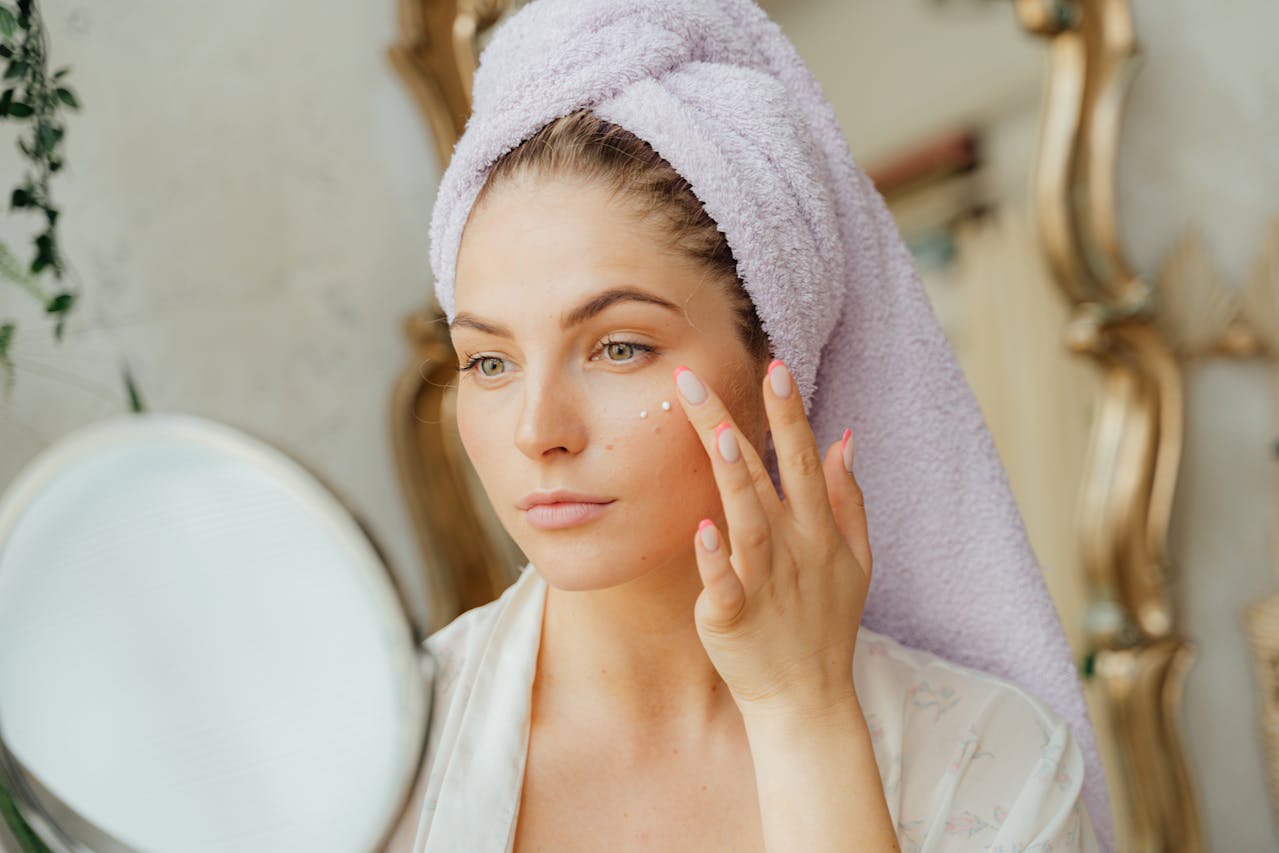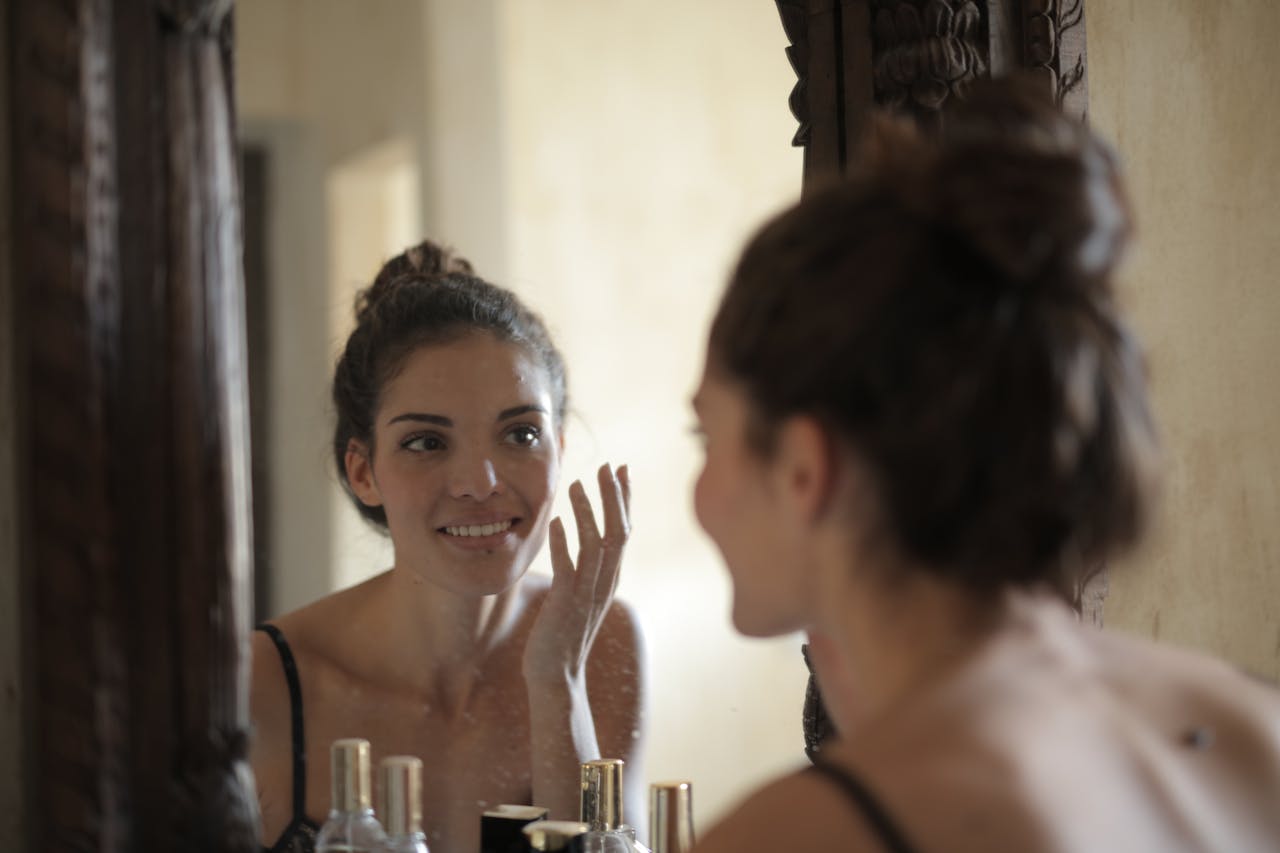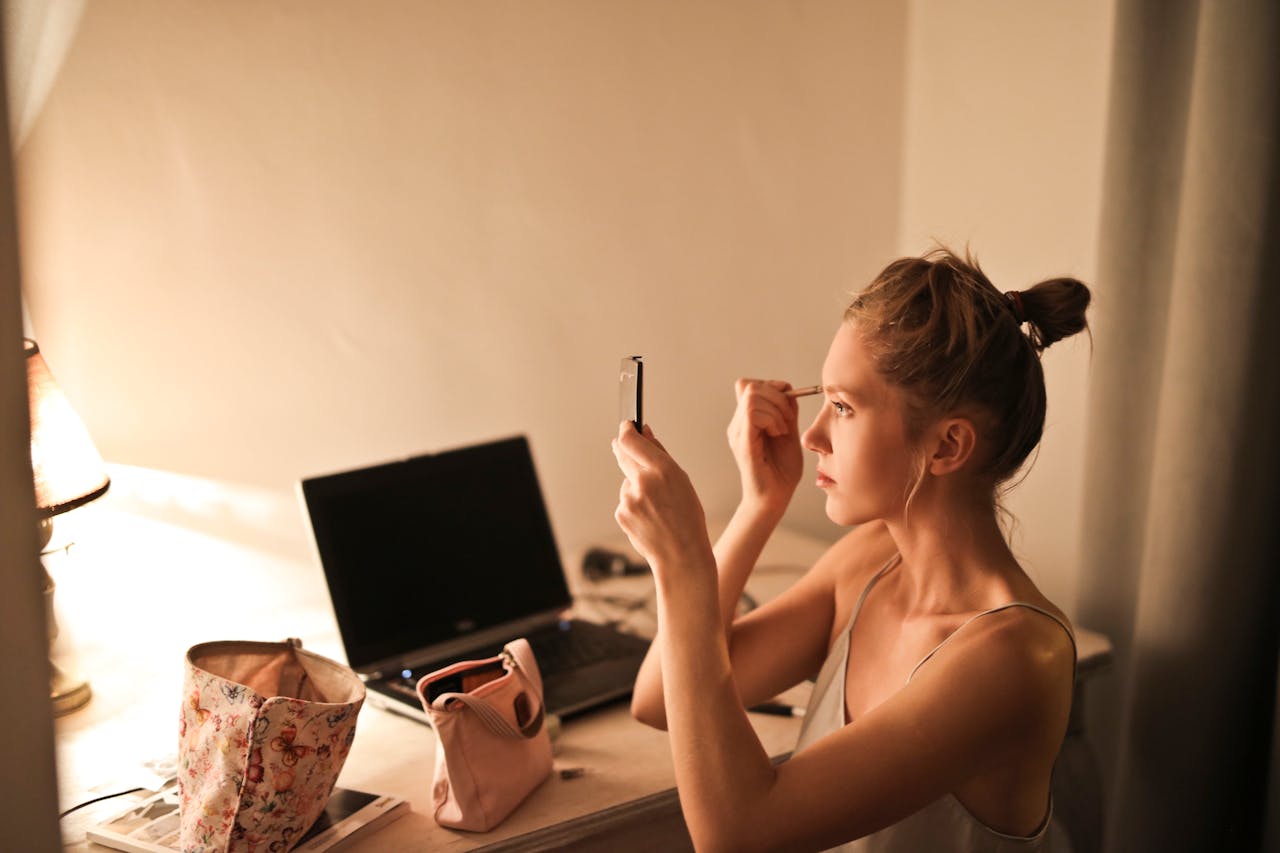Collaborating in Fashion: Best Practices for Brands, Designers, and Influencers
Welcome to the dynamic world of fashion collaborations, where brands, designers, and influencers unite their creative forces to make magic happen! In this blog post, we will delve into the rise of these exciting partnerships and explore how they benefit all parties involved. So grab your favorite cup of coffee (or tea) and let’s unravel the secrets behind successful collaborations in the ever-evolving realm of fashion!
The Rise of Collaborations in Fashion
Fashion collaborations have become the new norm in the industry, revolutionizing how brands, designers, and influencers work together. Gone are the days of solo endeavors; now it’s all about joining forces to create something truly special and innovative. The rise of social media has played a significant role in fueling this trend, allowing for seamless connections and reaching wider audiences.
Collaborations bring a fresh perspective to fashion by blending unique styles and aesthetics. They offer an opportunity for partners to tap into each other’s strengths, resulting in groundbreaking collections that resonate with consumers on a deeper level. This collaborative approach not only boosts creativity but also opens doors to new markets and demographics.
In today’s fast-paced world where trends come and go in the blink of an eye, collaborations provide a way for brands to stay relevant and ahead of the curve. By teaming up with like-minded creatives, fashion entities can leverage their combined influence to make a lasting impact on the industry landscape.
Benefits of Collaborating for Brands, Designers, and Influencers
Collaborating in the fashion industry can bring a multitude of benefits for brands, designers, and influencers alike. For brands, partnering with designers or influencers can help reach new audiences and tap into fresh markets. It adds a layer of credibility to their brand by associating with well-known names in the industry.
Designers benefit from collaborations by expanding their creative horizons and experimenting with different styles outside of their usual aesthetic. Working with established brands or influencers can provide exposure that may have been difficult to achieve independently.
Influencers leverage collaborations to strengthen their personal brand and gain access to exclusive design opportunities. It allows them to connect with loyal followers through unique products or collections bearing their name, creating a deeper bond with their audience.
Collaborating in fashion opens up doors for growth, creativity, and mutual success among all parties involved.
How to Find the Right Collaboration Partner
When it comes to finding the right collaboration partner in the fashion industry, it’s essential to seek out individuals or brands that align with your values and aesthetic. Start by researching potential partners who share a similar target audience and brand ethos.
Networking events, social media platforms, and industry conferences are great places to connect with like-minded professionals. Don’t be afraid to reach out and start a conversation – you never know where it might lead!
Consider the strengths and weaknesses of both parties involved to ensure a balanced partnership. Look for collaborators who bring something unique to the table, whether it’s expertise in a particular area or a fresh perspective on design.
Keep an open mind during the search process and be willing to explore unexpected opportunities. Sometimes the most successful collaborations come from unlikely pairings that bring together diverse perspectives and skills. Trust your instincts and stay true to your creative vision as you navigate through potential partnerships in the dynamic world of fashion collaborations.
Setting Goals and Expectations for a Collaboration

Collaborating in the fast-paced world of fashion requires clear goals and expectations from the get-go. Before diving into a partnership, brands, designers, and influencers must align on what they aim to achieve through their collaboration. This could range from increasing brand visibility to reaching new target markets or creating unique collections.
Setting specific, measurable, achievable, relevant, and time-bound (SMART) goals is key to ensuring that both parties are on the same page throughout the collaboration process. By defining these parameters early on, it becomes easier to track progress and evaluate success at the end of the project.
Moreover, establishing clear expectations regarding each party’s roles and responsibilities helps prevent misunderstandings down the line. Communicating openly about timelines, deliverables, budget allocations, and creative input can help streamline workflow and foster a harmonious working relationship.
In essence, setting goals and expectations for a collaboration lays the foundation for a successful partnership built on mutual understanding and shared objectives.
Balancing Creative Direction and Brand Identity
When collaborating in fashion, finding the balance between creative direction and brand identity is crucial. Brands and designers bring their unique aesthetic to the table, while influencers offer their fresh perspective.
It’s essential for all parties involved to respect each other’s vision while also staying true to the core values of the brand. This delicate dance ensures that the collaboration feels cohesive and authentic.
By clearly defining roles and expectations from the start, everyone can contribute their ideas without compromising on what makes each partner distinctive. Open communication is key in maintaining this equilibrium throughout the process.
Successful collaborations strike a harmonious chord between creativity and consistency, resulting in innovative collections or campaigns that resonate with audiences.
Tips for Successful Collaborations: Communication, Flexibility, and Compromise
Effective communication is key when it comes to successful collaborations in the fashion industry. Clear and open lines of communication between all parties involved can help avoid misunderstandings and ensure everyone is on the same page. Whether it’s discussing ideas, timelines, or feedback, keeping the dialogue flowing is essential.
Flexibility is another crucial element in a successful collaboration. Being willing to adapt to changes, compromise on certain aspects, and consider different perspectives can lead to a more harmonious partnership. Staying open-minded and flexible allows for creative solutions to arise organically throughout the collaboration process.
Compromise plays a significant role in finding common ground and reaching mutually beneficial outcomes. It’s important for all collaborators to be willing to give and take, making compromises where necessary without compromising their core values or brand identity. Striking a balance that satisfies all parties involved is key to achieving success in collaborative projects within the fashion industry.
Examples of Successful Collaborations in Fashion
Fashion collaborations have become a powerful tool for brands, designers, and influencers to create unique and innovative products that resonate with consumers. One standout example is the collaboration between Louis Vuitton and streetwear brand Supreme, merging high fashion with urban culture seamlessly. Another successful partnership was between Adidas and Kanye West, which revolutionized the sneaker industry with the Yeezy line.
On a more accessible scale, Target’s collaborations with designers like Missoni and Lilly Pulitzer brought luxury designs to a wider audience at affordable prices. The partnership between H&M and designer collections from Balmain to Versace created frenzy-worthy capsule collections that sold out within minutes.
Collaborations like these showcase the power of combining different creative visions to produce something truly extraordinary in the world of fashion.
Potential Challenges and How to Overcome Them

Navigating potential challenges in fashion collaborations can be a daunting task. One common issue is conflicting schedules between partners, leading to delays and frustrations. To tackle this, setting clear timelines and deadlines from the start is crucial.
Another challenge may arise from diverging creative visions. Finding a middle ground through open communication and compromise is key to maintaining harmony throughout the collaboration process.
Budget constraints can also pose a significant obstacle, hindering the execution of ideas. Being transparent about financial expectations and exploring cost-effective solutions can help mitigate this challenge.
Moreover, misalignment in brand values or target audience can create discord within a partnership. Conducting thorough research on each other’s brand ethos beforehand can prevent conflicts down the line.
Dealing with unexpected setbacks like production issues or logistics problems requires adaptability and quick problem-solving skills to overcome these hurdles seamlessly.
Conclusion:
The Power of Collaborations in the fashion industry cannot be underestimated. By bringing together brands, designers, and influencers, collaborations have the potential to create innovative and unique products that resonate with consumers on a deeper level. When partners work towards common goals, communicate effectively, and stay true to their brand identities while being open to new ideas, the results can be truly transformative. In an ever-evolving industry like fashion, collaboration is not just a trend but a powerful tool for driving creativity, reaching new audiences, and staying ahead of the curve. Embrace collaboration and unlock its full potential in your fashion journey!
